#bertha boye
Text

Bertha Margaret Boye (American, 1883–1931) • The original 1911 poster that won 1st prize in the contest sponsored by San Francisco's College Equal Suffrage League. The design was printed on flyers, cardss, and stamps, the imagine was plastered on California storefronts for an entire week in 1911. It was one of the movement's most popular images.
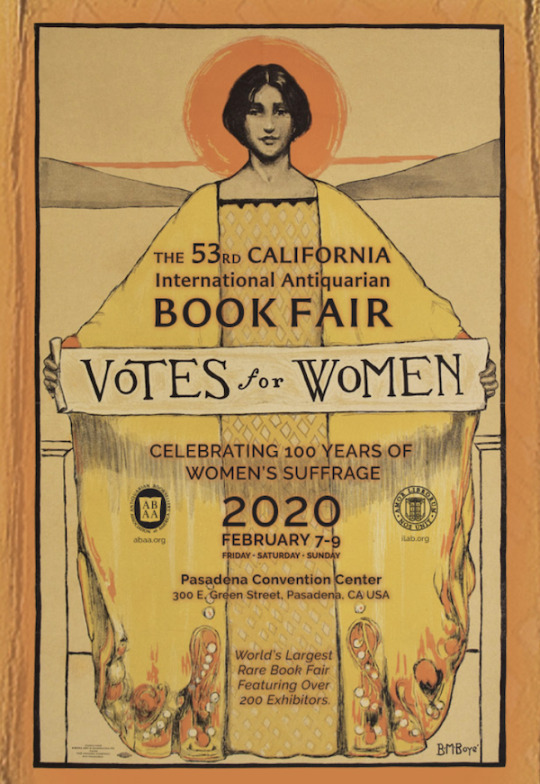
Here is the same image resurrected in a 2020 poster advertising the 53rd California International Antiquarian Book Fair.
#illustration#art#illustrator#bertha boye#american artist#artwork#1910s illustration#sufragette movement#political illustration#sassafras and moonshine blog#illustration blog#american illustrator#woman artist
15 notes
·
View notes
Text
1911: California Gets the Vote

52. California Gets the Vote
California first attempted to get suffrage passed in 1896. It failed. In 1910, a newly elected progressive* administration took office and the time was ripe to try again.
The California Suffrage Campaign of 1911 was the largest and most intense campaign so far. Women had only eight months to organize to get suffrage on the ballot in time for the next election. The general public views on the question of suffrage were more “indifferent” or “amused” by the idea rather than being outright against it. So instead of being argumentative or combative, the suffragists chose to promote positive messages of hope and connection.
There was a large push for advertising and merchandising to get out the message. There were billboards, posters, playing cards, pennants, buttons, shopping bags, even electric signs! Thousands of pamphlets were printed and distributed. There were lectures, high school essay contests, pageants, plays, picnics, and rallies even in the most rural of areas. The appeal was personal and speakers often opened with this type of suggested line, "I appeal to you as a mother, a grandmother, as a garment worker, a school teacher, a trained nurse . . . as the case might be.”
Being such a large state, the suffrage campaign was lead by three groups. Clara Shortridge Foltz of the Votes for Women Club and Pasadena businessman John Hyde Braly of the Political Equality League covered the south. Former pastor, Elizabeth Lowe Watson, led the California Equal Suffrage Association in the north. Smaller local suffrage groups in each area also reached out to their individual communities.
Despite all the enthusiasm and hard work, on election night, the referendum was overwhelmingly defeated in San Francisco and barely passed in Los Angeles. With such disheartening numbers from two large cities, the suffragists were ready to accept the loss and start planning to try again when the results from small districts and outlying counties started pouring in. The tide was turning but the vote was incredibly close.
The final tally was 125,037 to 121,450, a difference of 3,587 votes for the entire state. That averages out to 1 vote in every district that put suffrage over the top. Next time someone says a single vote doesn’t count, remember the passage of suffrage in California turned on an incredibly small margin. Granting suffrage in the state of California doubled the number of women in the United States who were now eligible to vote.
*Historical party platforms have changed dramatically despite keeping the same names. The 1910 Republicans were the more liberal party, wanted income taxes, and favored big government over state’s rights and the 1910 Democrats were the conservative party that fought against taxes and big government as explained in Episode 23
This week’s song pick:
“Jiya Re” from the Bollywood movie “Jab Tak Hai Jaan” (As Long as I Live) sung by Neeti Mohan https://youtu.be/smn3mDBOUy4
#FightForThe19th #SuffragetteCity100
Episode 52 Sources:
https://www.sos.ca.gov/elections/celebrating-womens-suffrage/california-women-suffrage-centennial/
https://sandiegohistory.org/journal/1977/october/suffrage/
#fightforthe19th#suffragettecity100#california history#suffrage poster#suffrage#suffragette#suffragist#celebrate her#boye#bertha margaret boye#san francisco history#votes for women#every vote counts#clara shortridge#clara shortridge foltz#Elizabeth lowe#Elizabeth lowe Watson#John Hyde#john hyde braly#1911 California Suffrage#california equal suffrage association#los angeles history
0 notes
Photo






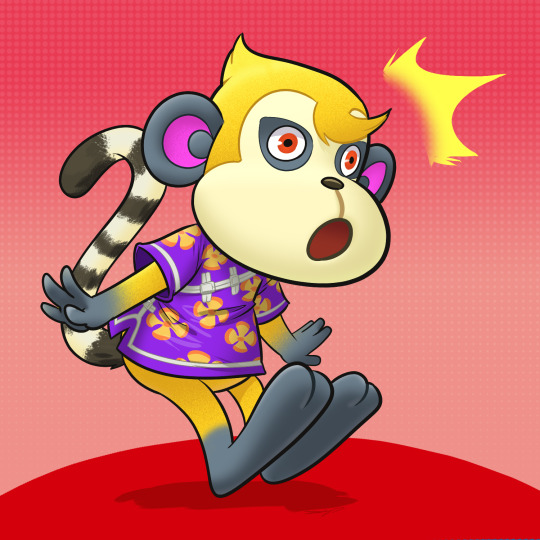
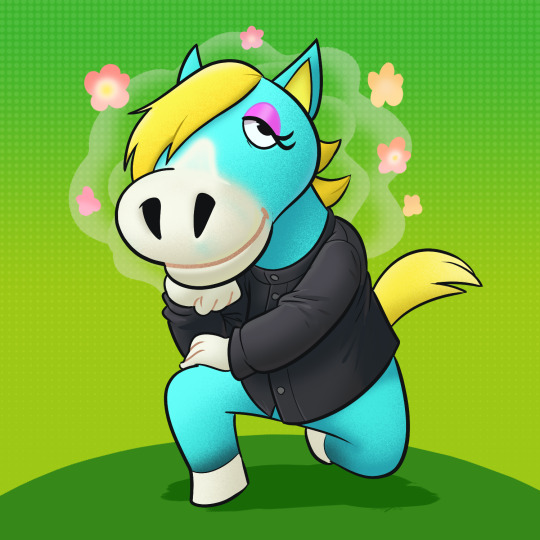


Drawing every villager that ever settled on my Animal Crossing island!
2K notes
·
View notes
Text
1 note
·
View note
Photo

Votes for Women, Bertha Boye, 1913
Happy International Women’s Day!
0 notes
Photo

Bertha Boye | Votes for Women, 1913 #womenartists #internationalwomensday https://www.instagram.com/p/Ca11_NDu2EG/?utm_medium=tumblr
0 notes
Text
0 notes
Photo
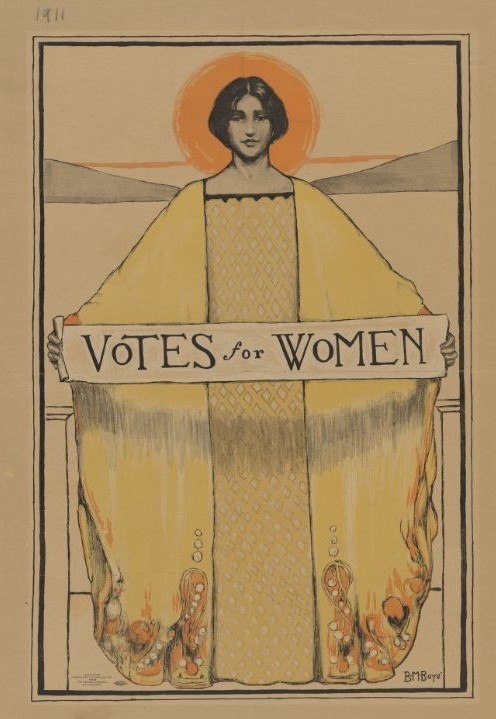
A popular poster created by the artist Bertha Margaret Boye for the 1911 California suffrage campaign.
https://www.theatlantic.com/technology/archive/2016/10/pepe-the-anti-suffrage-frog/505406/
0 notes
Photo
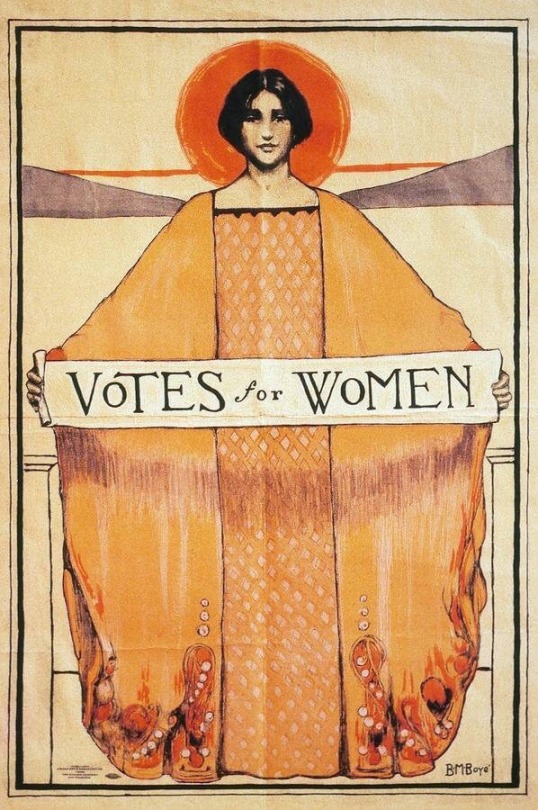
California Woman Suffrage poster by B.M. (Bertha Margaret) Boye, 1911.
0 notes
Photo
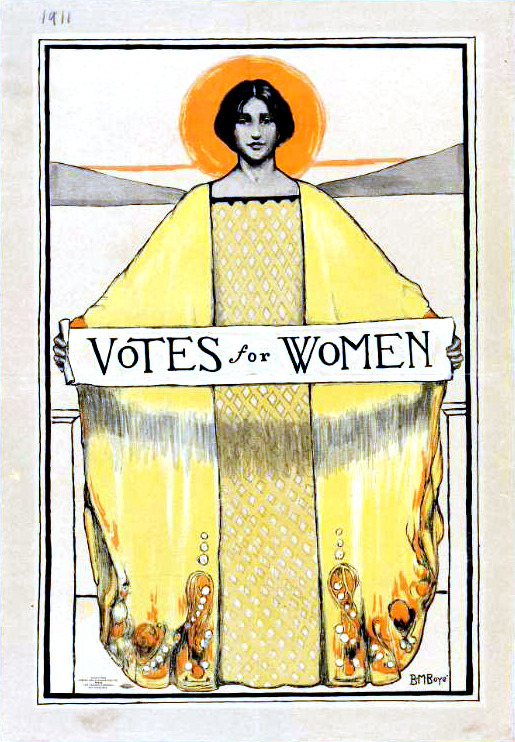
Happy March, and happy Women’s History Month! This month, as I’ve done for the last two years, I’ll be posting a new woman illustrator every day here on the blog. I can’t believe this is the third year running that I’ve done this, and it’s something I look forward to doing every year.
I wanted to start today with an artist that I recently came across, who created the iconic suffrage poster above. Bertha M. Boyé (1883-1931) was a San Fraancisco-native illustrator and sculptor.
Boyé was born in Oakland and raised in San Francisco. She attended the California School of Design, where she received awards of merit and scholarships for her work in life drawing and composition, but her professional work focused mainly on sculpture and “decoration” or illustration. She reated illustrations for books such as A Mother Goose for Lovers’ Use, a series of rhymes based on Mother Goose (1912), and Dotty Seaweed (1909), a children’s book about a mermaid. ) Finding examples of her work other than this iconic poster has proved extremely difficult; at first I assumed she had not pursued professional art past this one published piece, but her story has much more to it.
Boyé worked primarily in sculpture. She is listed in the American Art Annual Volume 7 as a sculptor and illustrator, as well as several volumes of “Who’s Who in American Art.” She maintained a studio at 1673 Hayes Street, San Francisco, and was commissioned to create many public works for clients all over the west coast, even as far away as Hawaii. However, many of her works were lost in the 1906 San Francisco earthquake and fire; her bronze sculptures literally melted to nothing, and she had to painstakingly re-create many of her best works. The ones that best survive, perhaps, are illustrations like the poster here, which were printed in the thousands.
The early 20th century were a major turning point for women’s rights. Society was beginning to accept the concept of higher education for women, and professional arts were beginning to see more representation of women. However, this was hard-won, and most, if not all, professional organizations and clubs excluded women altogether. Many professional societies for women sprung up at this time, including the Sketch Club of San Francisco. “The Sketch Club,” of which Boyé was treasurer, held regular exhibitions which she was able to participate in. This club originally formed in 1887 as a way to draw from live models (inlcuding hunky high schooler Jack London), but more importantly, was a way for women to meet, share and critique each others’ work. Their exhibitions, featuring all female artists, were one of the first in the United States. It is still in existence as the San Francisco Women Artists (SFWA).
Boyé created her best-known work in 1911 when the San Francisco College Equal Suffrage offered a $50 prize for a suffragist poster design. This was modeled after the English suffrage feature of organized collectives of activist artists. She won for her image of a Spanish-American woman in Native-American draperies in front of the Golden Gate Bridge. Unlike other images that demanded the right to vote, her image of a serene woman accepts this as an inalienable right. This image was also issued as a postcard and disseminated all over California.
The poster came at a crucial time for the suffrage movement. Supporters only had 8 months to gain support for the motion, put before voters in 1911. Boyé’s winning design helped to disseminate the message, especially in rural areas. With the passage of votes for women in California, the number of women with full suffrage in the U.S. doubled, and San Francisco became the most populous city in the world in which women could vote. After the vote, for an entire week in August, stores in San Francisco featured the colorful poster in their windows, often accompanied by festive decorations in suffrage yellow, which supporters referred to as "the color of success."
At some point, she traveled to France in order to further her studies. She tragically died while abroad in Calais. She will always be remembered by her contribution in the ongoing fight for women’s rights.
#bertha boye#women's suffrage#suffragette#women's history month#women in art#Women in Illustration#illustration#poster design#vintage poster#activist illustration
507 notes
·
View notes